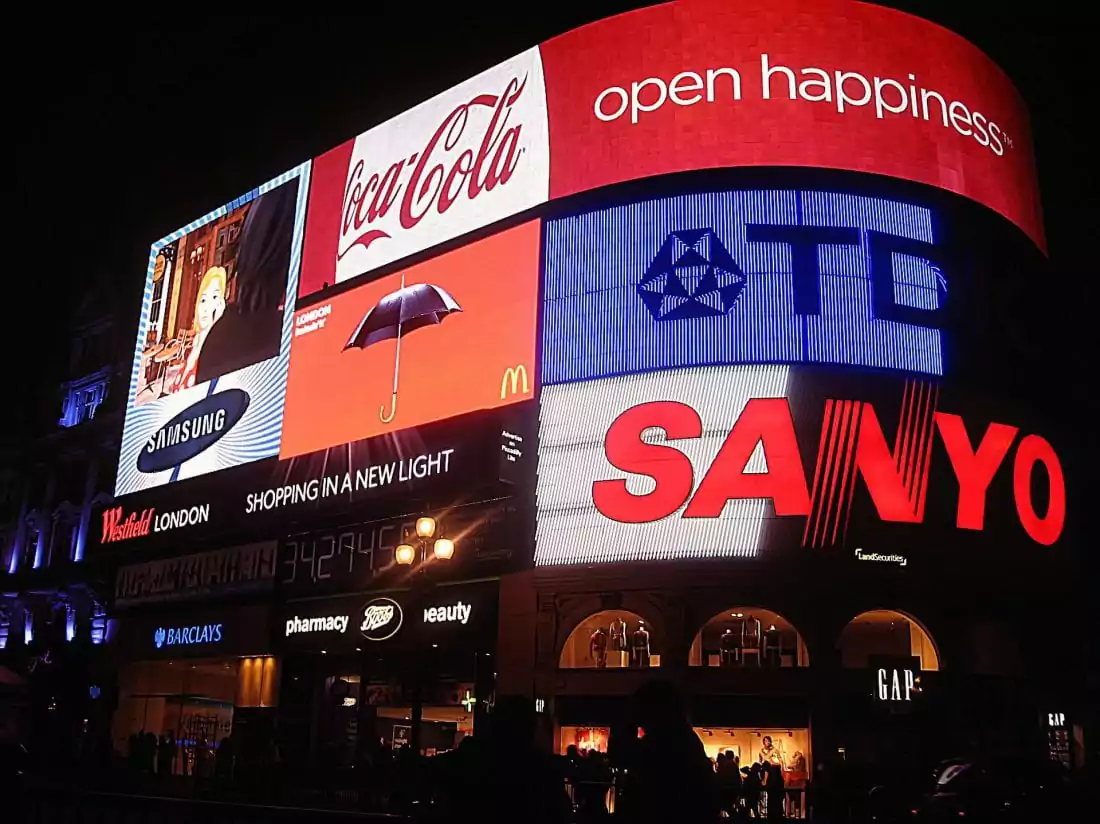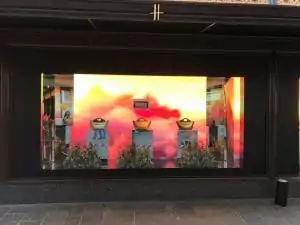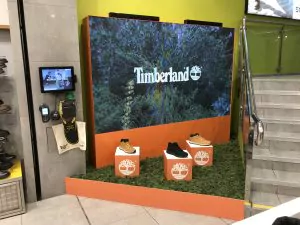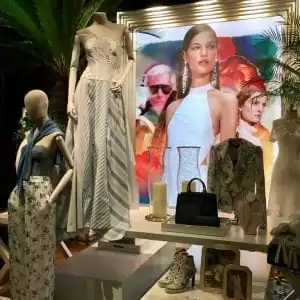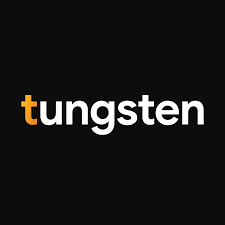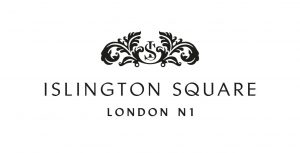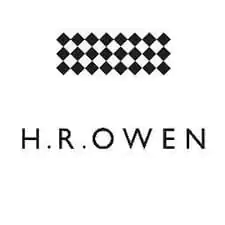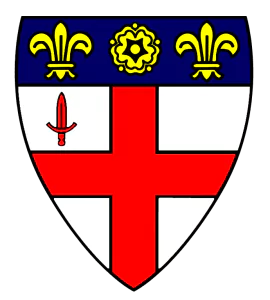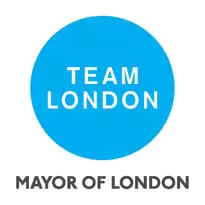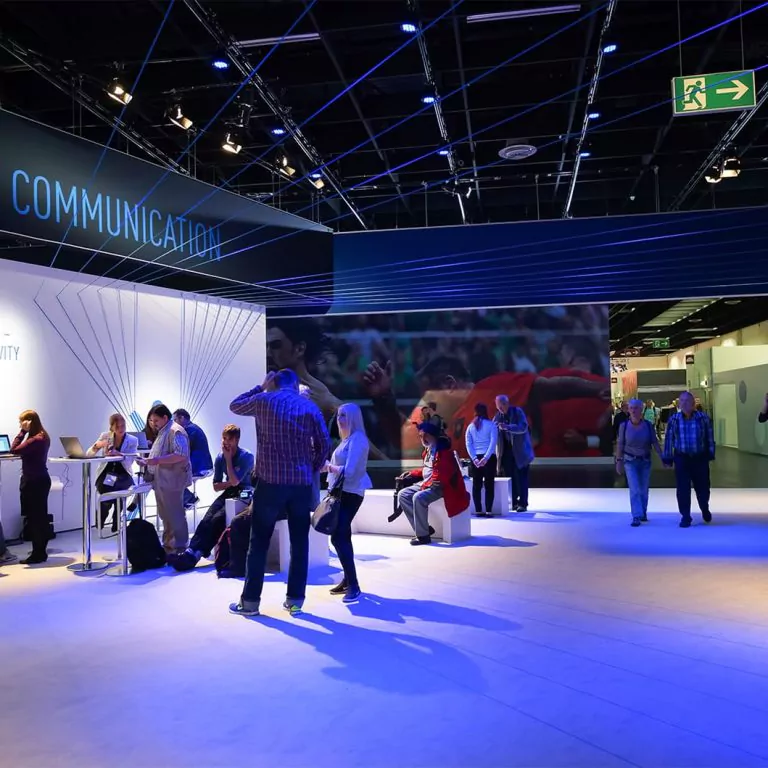The Rise and History of LED Screens
Posted: 26th Apr 2021 1:16pm 1:16 pm
The Rise and History of LED Screens
LED screens have been with us since early 1968 when Hewlett-Packard launched the first LED screen with integrated LED circuit technology. Since then, the LED screen technology found its way, not just to the living rooms, but also making a significant impact on the professional market, this will be our main topic of discussion in this article.
The professional use of large-format LED screen technology can be divided into several industries;
- Used in the commercial sphere of advertising (retail)
- Through to the corporate industry
- As well as large-format film and music production
People living in big cities will most encounter the large-scale use of LED screens in everyday life. The main reason is that it simply has set a new precedent in the commercial and advertising business. LED screens have actually shaped iconic looks for an entire City.
LED Screens in Iconic Locations
Let’s start by taking a look at Times Square in New York where the 7TSQ building, famously known for the New Year’s Eve ball drop event. This building recently underwent a notable change. The previous installation consisting of three LED screens was replaced in 2019, with a single Samsung screen comprising a total size of 1,639 square feet and a height of 300 feet, making it one of the most expensive LED screens to advertise on this planet!
Another very noticeable build includes the installation of a colossal LED screen at London Trafalgar square. The transition from a Neon tube banner to an LED screen beautifully showcases how LED installation has majorly influenced the architecture creating an impact on the overall mood at the location. Incorporating the LED technology to work around the actual shape of the historical buildings makes a striking impact.
Considerable progress is symbolised on one of the main features at Trafalgar Square – the neon tube banner SANYO, this momentous banner has been updated with an installation of a large-format LED screen. Transforming the appearance of one of London’s most quintessential squares. The total screen size is 783.5 square meters, amounting to 5,500 individual LED tiles and a resolution of 5,490 x 2,160 pixels. An interesting fact about the life cycle of the screen is that it runs for 100,000h, which is almost a magnificent 11.5 years of non-stop operation!
Modern rigging solutions simplify the installation of LED screens and thanks to the scalability of the system, it becomes a very easy solution for installation in unusual locations, such as retail window displays.
A fundamental advantage of LED technology when used in the advertising industry is without a doubt excellent visibility thanks to the high output. For indoor installations the brightness and hi-res output achieved with the high pitch LED cannot be matched with any other retail technology today on the market. The same applies to outdoors visual technology, as it is exposed to direct sunlight, LED provides the best solution. In these conditions, no passive or active solutions reach even nearly comparable results.
Where are LED Screens being used?
Retail business is a popular market where we can find large-format LEDs. These LED screens are not only limited to the display windows of large retail chains but also in conference rooms, galleries, exhibitions, and as the world has had to change we have seen the LED screens being used in Virtual Conferences and Awards.
LED Screens and Technology in the Film & TV Industry
A monumental step forward in recent years is the inclusion of LED screens in the Film Industry. More and more creators are turning to use the LED screens when shooting, Commercials, Music Videos and last but not least, Blockbuster Movies.
One of the most notable Film Productions utilising LED on an extensive scale has been on the set of the Mandalorian series. The production team made the decision to connect a LED screen inclusive of a 20-foot-high LED screen within a 270-degree angle and 70-foot diameter. And of course, not forgetting the inclusion of the ceiling LED. In this particular case, the LED screens fully replaced the workflow with the traditional set up of the green screen.
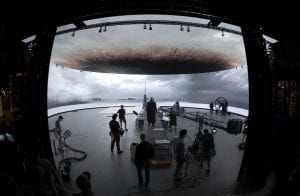
Another field in which LED screens are more frequently used is in Music Video Production. The producers are very often looking for a combination of a high-quality image in all light conditions combined with easy scalability, all of which are often required to work with the pressure for all to be implemented in a short production time.
High pitch LED screens can allow the authors to transform any space including studios into one large interactive world. Artists can easily express their actual mood and feeling, thanks to modern-day live production video software all of that process becomes easily accessible live on the set. The VJ software combined with High Pitch LED can achieve remarkable results compared to older solutions like the green screen, when most of the work would have to be done in post-production, generating additional costs and taking up more time. LED is incredibly versatile, from low pitch solutions with a resolution of 640×480 pixels to the high resolution, colour accurate LEDs where 4K can be achieved in a small studio with a couple of square meters of the LED screen.
In Conclusion
LED screen technology has come a long way from 1968. Although we have seen major advances in 2021, we will say that in our opinion, as LED technicians, it has still not reached its true potential. As we can clearly see in the LED industry, the progress of technology in the past few years is absolutely breathtaking and it shall only continue to advance.

